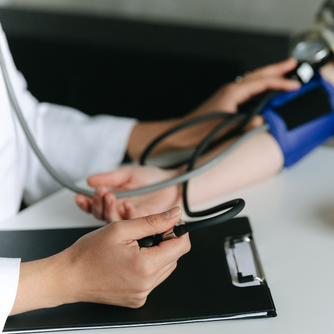What are the current guidelines for hypertension?
There are two national guidelines. First is JNC 8, published by the National Institutes of Health, which identifies blood pressure of 140/90 as hypertension. Notably, this guide makes an allowance for age. If a patient is over 60, for example, 150/90 constitutes hypertension. For patients with diabetes or chronic kidney disease, 130/80 constitutes hypertension under this guide.
In their version of the guide, the American College of Cardiology and the American Heart Association consider a blood pressure over 130/80 as hypertensive.
Related: Hypertension in the Elderly: The Latest Treatment Recommendations
What are some of the consequences of uncontrolled hypertension?
Four body systems stand out for their susceptibility to hypertension-related damage, commonly referred to as target organ damage (TOD) but one is particularly vulnerable. The brain is sensitive to even subtle elevations in blood pressure, with very minor elevations increasing risk of cerebral vascular accident (CVA) and vascular dementia (VD).
In a major meta-analysis published in Lancet, researchers examined how blood pressure reduction correlates to reduced target organ risk. The study showed that reducing blood pressure by two millimeters of mercury systolic can translate to a 10% lowered risk of stroke. Reducing systolic pressure by 10 millimeters of mercury can reduce the risk of stroke by up to 40%.
While the brain is the most important system impacted by hypertension, the heart, eyes, and kidneys are also particularly vulnerable to high blood pressure.
What is the treatment for hypertension?
Statistically, the top three drugs prescribed to lower blood pressure are:
- Calcium channel blockers
- Biocide diuretic
- Options that impact the renin angiotensin system
Related: Cardiac Essentials Package[/vc_column_text][/vc_column][/vc_row]Hypertensive urgency vs. hypertensive emergency
Hypertensive urgency is not acute. While it does mean the patient’s blood pressure is very high (above 180 over 120), there’s no acute target organ damage. In these cases, the priority is simply to reinforce the plan of care.
A hypertensive emergency is different. An emergency occurs when the patient has elevated blood pressure, and acute target organ damage, acute MI, acute CVA, dissecting aneurysm, etc. When a patient is experiencing a hypertensive emergency, they need to go to the ER immediately for IV vasodilation, controlled reduction, and acute management of their condition.
Earn CE hours by listening to the Diagnosing and Managing Hypertension podcast (free with Passport Membership)!






